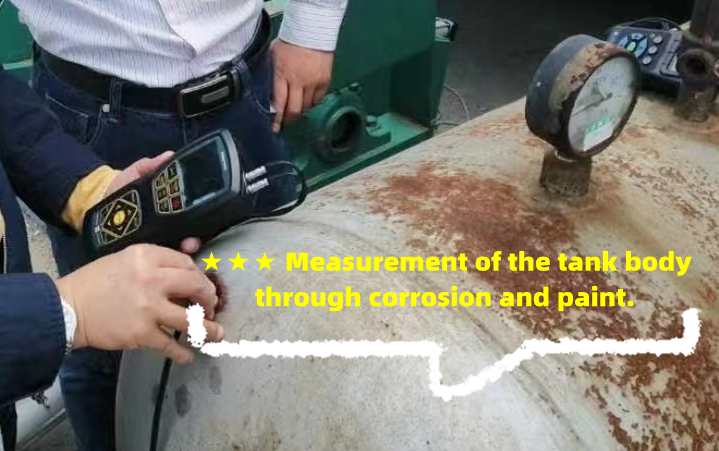Vickers hardness tester principle.
Use a square pyramidal diamond indenter to press into the surface of the sample under the action of the test force. After maintaining it for a specified time, remove the test force and measure the diagonal length of the indentation on the surface of the sample.

The quotient of the test force divided by the indentation surface area is the Vickers hardness value. Vickers hardness value is calculated according to the formula:
HV = constant × test force/indentation surface area ≈0.1891 F/d2
In the formula:
HV ————Vickers hardness symbol;
F ―――― Test force, N;
d ————The arithmetic mean of the two diagonals d1 and d2 of the indentation, mm
In practice, the Vickers hardness value is obtained by looking up a table based on the diagonal length d.
National standards stipulate that the diagonal length range of Vickers hardness indentation is 0.020~1.400mm
How to express Vickers hardness?
Vickers hardness is expressed as HV. The value in front of the Vickers hardness symbol HV is the hardness value, and the following value is the test force value. The standard test holding time is 10~15S. If the selected time exceeds this range, the holding time must be noted after the force value. For example:
600HV30—indicates that the hardness value obtained when the test force is 294.2N (30kg) and the holding time is 10 to 15S is 600.
600HV30/20—indicates that the hardness value obtained when the test force is 294.2N (30kg) and the holding time is 20S is 600.
Classification and test force selection of Vickers hardness test.
The Vickers hardness test is subdivided into three types of tests according to the size of the test force, namely: Vickers hardness test, small load Vickers hardness test and micro Vickers hardness test.







